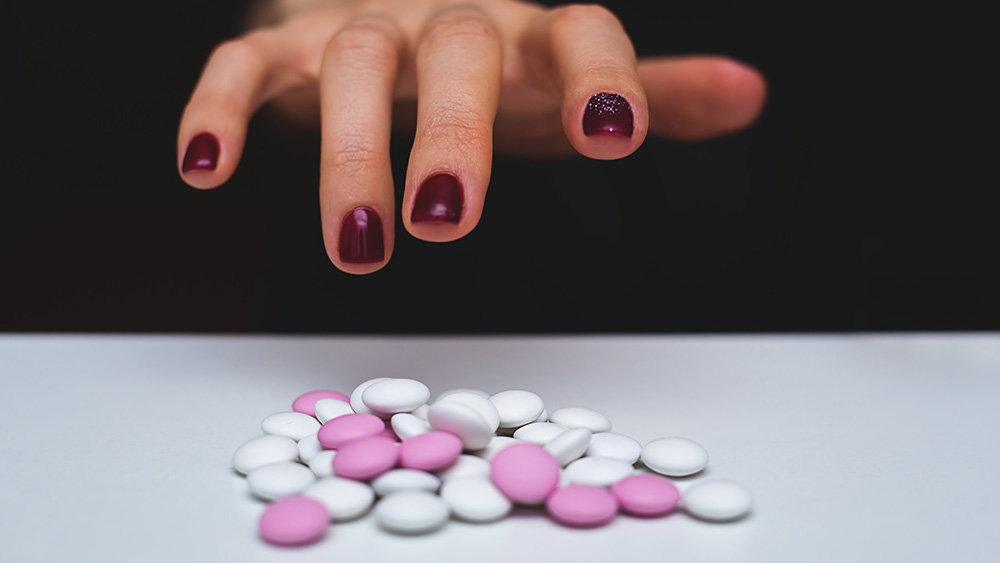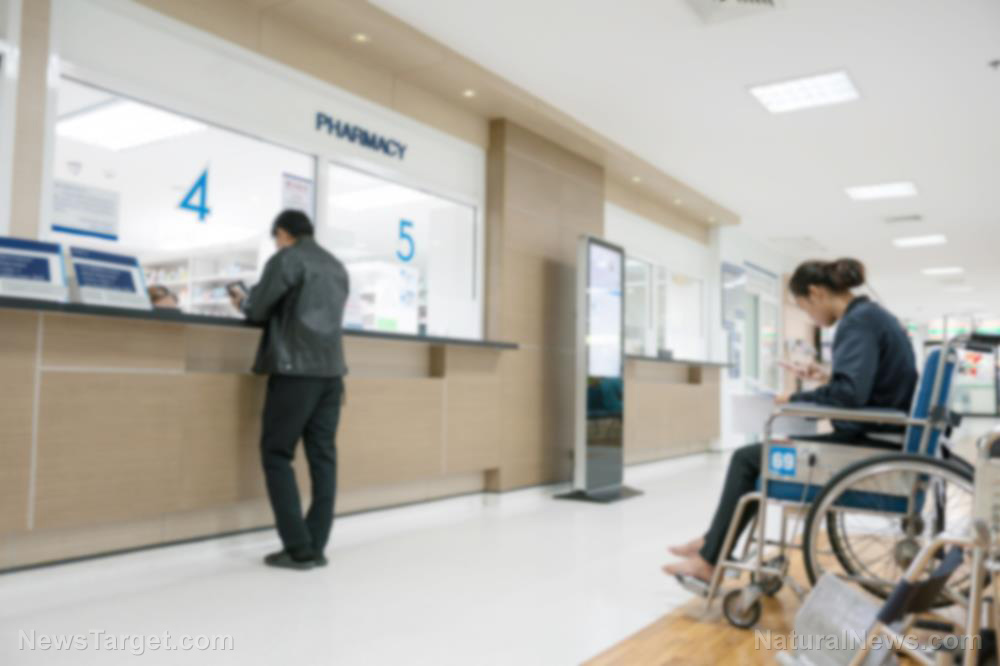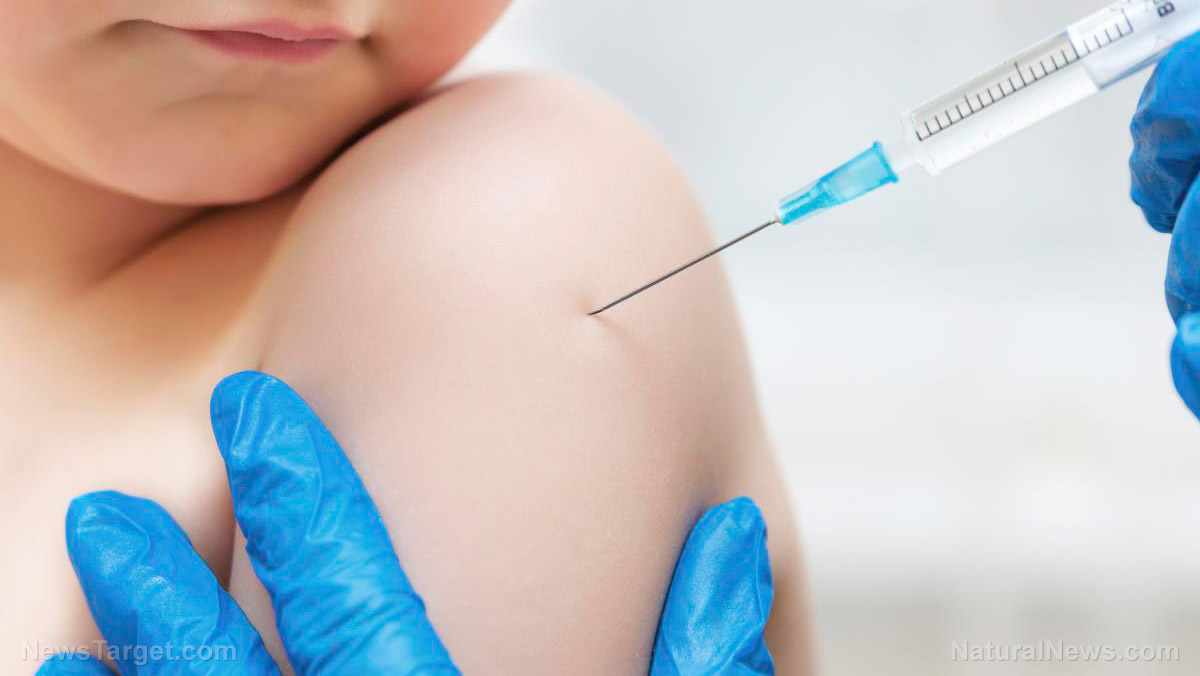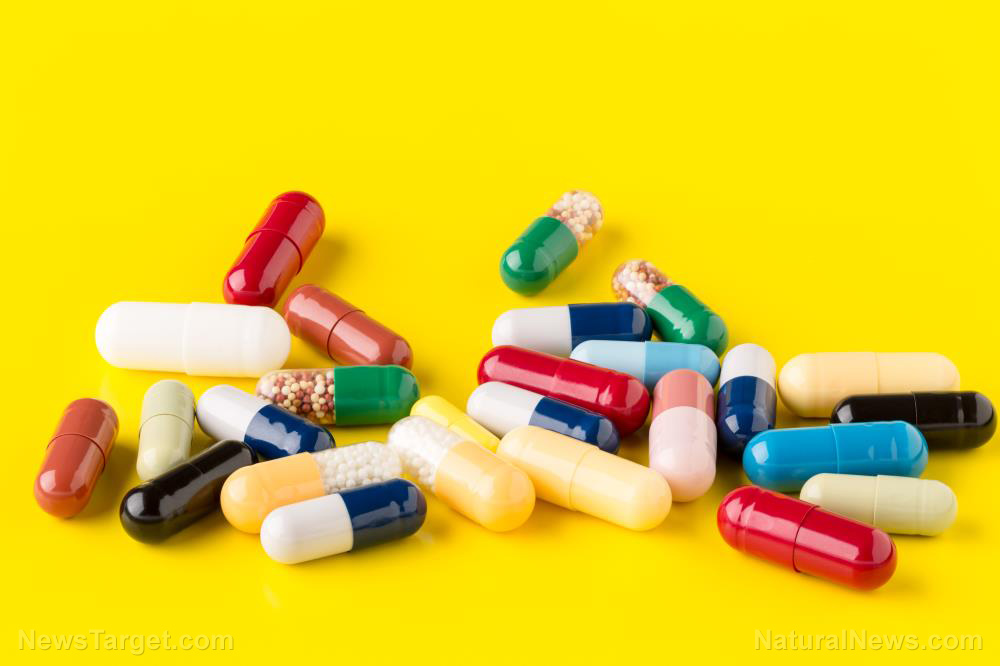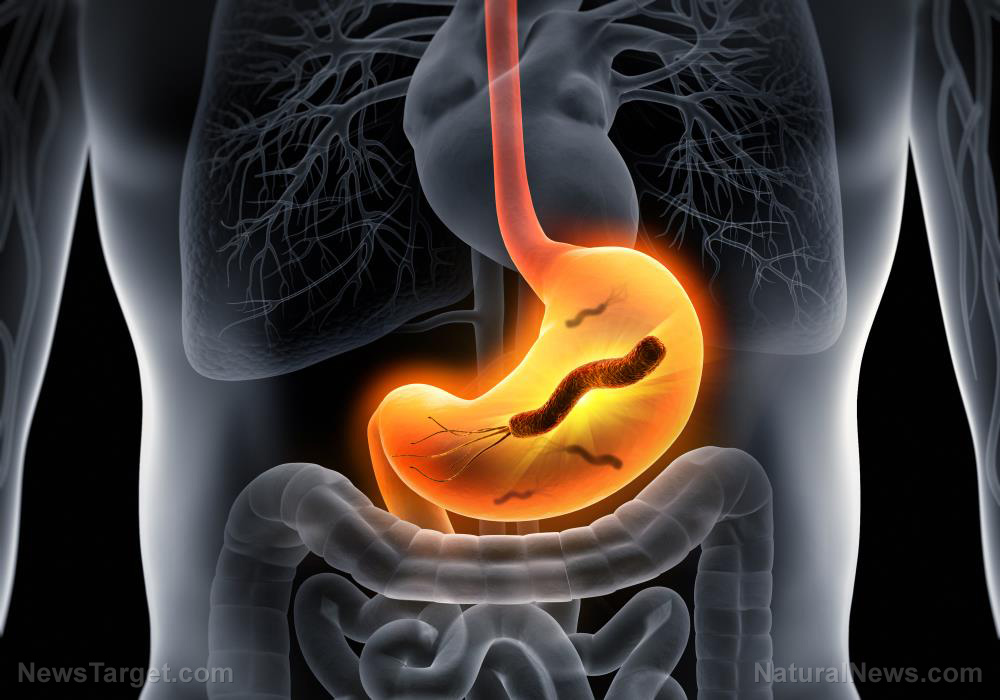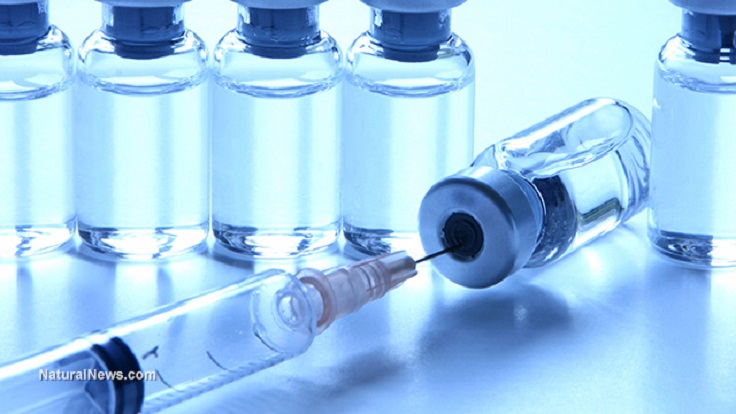Welcome to 2019: Big Pharma hikes drug prices across the board, insisting America isn’t yet paying enough of its GDP to the drug giants
01/08/2019 / By Tracey Watson
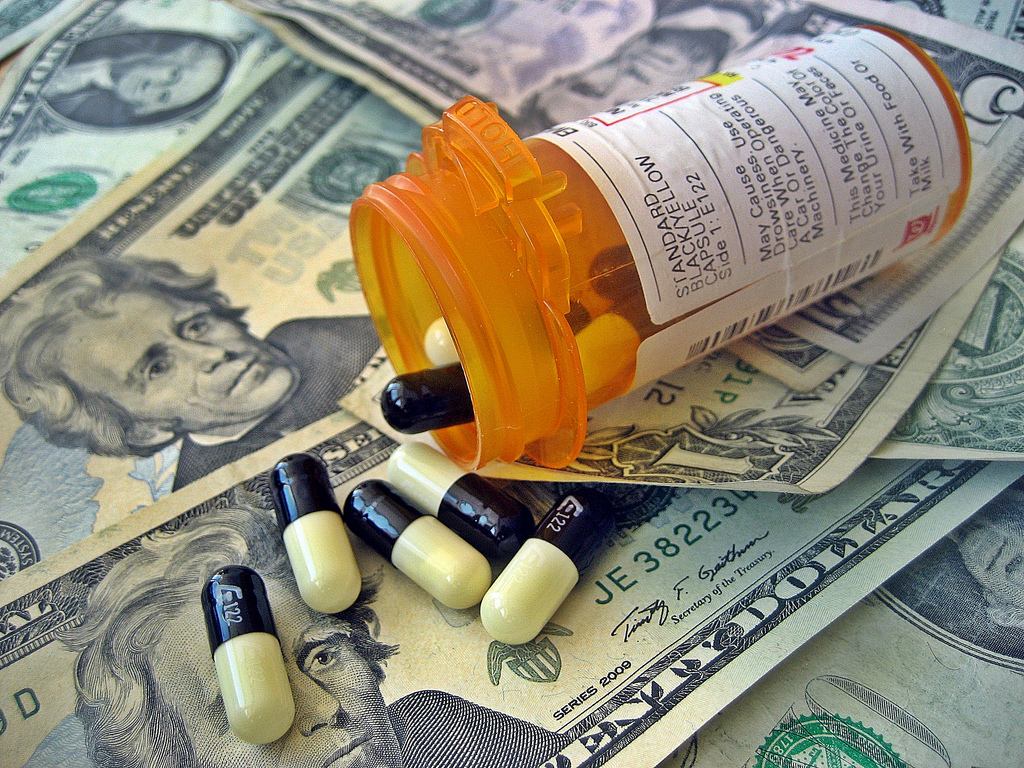
January is a financial disaster for most people. After all the riotous holiday spending of December, the reality of the new year signals an abrupt end to festive cheer. Recent announcements of price hikes by several pharmaceutical giants are therefore not likely to be well received by cash-strapped consumers.
The Wall Street Journal (WSJ) is reporting that dozens of pharmaceutical manufacturers are adding to the winter blues by raising the prices of hundreds of different drugs –in some cases, quite substantially. Apparently, the billions this sector already drains out of people’s pockets is simply not enough. It would appear that the greed of Big Pharma literally knows no bounds.
Big Pharma announces big increases
According to the WSJ, several pharma companies have wisely tried to minimize annual price increases amid increasing public unhappiness over the high cost of essential drugs. Consumers were outraged, for example, when Mylan Pharmaceuticals hiked the price of the lifesaving EpiPen by more than 480 percent between 2009 and 2016, with a two-pack of autoinjectors now costing a whopping $600.
In another display of blatant disregard for anything other than the bottom line, Turing Pharmaceuticals hiked the price of a $1 pill for treating a life-threatening infection to $750 per pill back in 2015. (Related: Outrageous Big Pharma greed on parade as $1 pill for treating fatal infection suddenly skyrockets to $750 PER PILL!)
The New York Times reported at the time:
Specialists in infectious disease are protesting a gigantic overnight increase in the price of a 62-year-old drug that is the standard of care for treating a life-threatening parasitic infection.
Some pharma giants have adamantly refused to be swayed by public sentiment, however. The WSJ reported:
Many companies’ increases are relatively modest this year, amid growing public and political pressure on the industry over prices. Yet a few are particularly high, including on some generics, the cheaper alternative to branded accounting for nine out of 10 prescriptions filled in the U.S. Overall, price increases, including recently restored price increases from Pfizer Inc. PFE, +0.53% , continue to exceed inflation.
Close to 40 pharma companies announced such increases in the past few days. A report by Rx Savings Solutions, a company which sells software that assists healthcare insurers and employers to source low-cost medications, found that the average across-the-board increase was approximately 6.3 percent.
The report found that Allergan PLC is leading the pack this year in terms of price increases in excess of nine percent. Allergan confirmed the findings of the report, saying that it would be upping the prices of 51 of its products, which represents more than half its total product portfolio. Close to 27 percent of the affected drugs’ prices have increased by 9.5 percent, with a further 24 percent set to increase by 4.9 percent.
Even the lower end price increases still seem unnecessarily high when you consider the fact that the country’s inflation has hovered at less than 2.5 percent over the past year.
Why the big price hikes?
It might be tempting to think that pharmaceutical companies have good reason to increase prices in order to facilitate research and the development of new drugs. A 2008 study by York University found, however, that most of the money that isn’t going into pharma CEOs’ back pockets doesn’t get funneled into research and development but into advertising and promotion. Science Daily reported at the time:
The study’s findings supports the position that the U.S. pharmaceutical industry is marketing-driven and challenges the perception of a research-driven, life-saving, pharmaceutical industry.
The bottom line is that Big Pharma is all about making big money, not saving lives. Learn more about the corruption and corporate greed of the pharmaceutical giants at DangerousMedicine.com.
Sources for this article include:
Tagged Under: Allergan PLC, Big Pharma, corporate greed, drug cartels, drug prices, economics, evil corporations, finance, pharmaceutical manufacturers, Prescription drugs, Price gouging, price hikes, toxic ingredients



